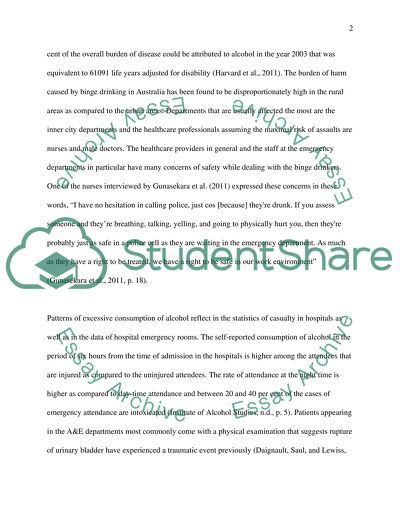Cite this document
(“Binge Drinking Patients and Effects on Staff Literature review”, n.d.)
Binge Drinking Patients and Effects on Staff Literature review. Retrieved from https://studentshare.org/health-sciences-medicine/1616954-binge-drinking-patients-and-effects-on-staff
Binge Drinking Patients and Effects on Staff Literature review. Retrieved from https://studentshare.org/health-sciences-medicine/1616954-binge-drinking-patients-and-effects-on-staff
(Binge Drinking Patients and Effects on Staff Literature Review)
Binge Drinking Patients and Effects on Staff Literature Review. https://studentshare.org/health-sciences-medicine/1616954-binge-drinking-patients-and-effects-on-staff.
Binge Drinking Patients and Effects on Staff Literature Review. https://studentshare.org/health-sciences-medicine/1616954-binge-drinking-patients-and-effects-on-staff.
“Binge Drinking Patients and Effects on Staff Literature Review”, n.d. https://studentshare.org/health-sciences-medicine/1616954-binge-drinking-patients-and-effects-on-staff.


